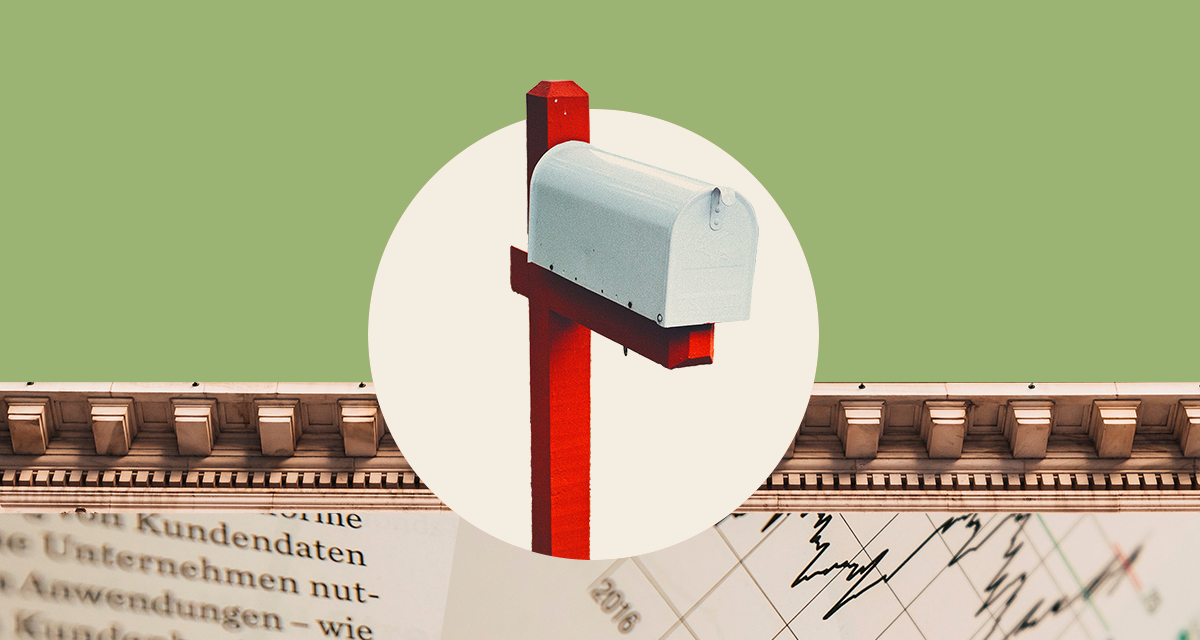Remember when we thought we could retire the word “unprecedented” after the year 2020? Well, more than two years later, we are still living in turbulent times. In fact, the past year has been marked by major economic, political and societal shifts.
In our first update for 2023, we’ll take a look back at 2022 to understand this rollercoaster of a year.
Macroeconomic trends
At the beginning of 2022, as much of the world began lifting COVID restrictions, central banks began to prepare controlled interest rate hikes to counter the threats of inflation. The European Central Bank lagged behind the US Federal Reserve in its assessment of how severe the pending inflation might be, but the Russian invasion of the Ukraine in February 2022, dramatically worsened outlooks. As a result, central banks around the world sprung into action by raising interest rates (in some cases as much as 0.75% in a single hike), in an effort to temper inflation.
Towards the end of last year – and only after inflation spiraled towards a 40-year high with over 10% year-on-year inflation in Germany – were we able to see some of those rate increases pay off as inflation appears to have tempered slightly. While Germany and many other EU countries have had very high inflation rates, Switzerland has been much less affected by high inflation numbers. This is because Switzerland is less dependent on foreign energy sources and other external goods. The country also already has high salaries (and therefore labor costs), which means that many of the things bought and sold within the country are relatively more expensive because they factor in high labor costs rather than high costs of materials. So, when the cost of materials rise, this doesn’t have such a big impact on prices. Finally, the Swiss Franc has been stronger than other currencies like the Euro or the British Pound. That means while other countries have had to pay more for goods they are getting from other countries because their currency is weaker, Swiss people might actually be able to import things more cheaply from the EU because of the stronger currency.
If you are interested in reading more about inflation and the effect of interest rates on your portfolio, check out our market update from November where we covered this topic in detail.
A volatile year in stocks
As a result of the overall tumultuous economic environment in 2022, the equities market also suffered as global stocks decreased 20% across the year. This means last year was the 2nd worst year since 1974 for stocks. 🤯
As the Russian invasion of Ukraine had large implications on Europe’s supply of oil and gas, energy was the only sector with gains in the past year. At the same time sectors like “consumer discretionary” (which refers to companies that produce goods that people don’t need to live, like luxury watches or handbags) and tech companies underperformed compared to the rest of the market.
So where did things look better? Renewable energy stocks performed very well last year. Of course, the energy sector performed well overall. This is because many nations shifted away from buying oil and gas from Russia and looked for energy sources elsewhere. The increase in demand in other energy sources, meant that renewable energy companies performed well. This is perhaps the only silver lining that the current crisis has to offer. The world is increasingly turning towards renewable energy sources as the way forward into a more sustainable and energy-independent future.
If you’re looking for more details on wind energy stocks, please read this blog article.
Bonds provided little hedge against stock market volatility
Bonds are usually included in investment portfolios in order to hedge against the volatility of stocks. That is a fancy way of saying bonds usually balance out a stock portfolio and make the financial performance more stable. That’s why many Inyova portfolios contain green bonds. Last year, this age-old wisdom of mixing stocks with bonds in portfolios in order to make the overall performance more stable didn’t hold true, and stock-bond-mix portfolios faced their worst year since 1871. 😩
But there are some good news on the horizon for bond investors. As interest rates are rising, putting money into bonds is becoming increasingly attractive once again. In fact, US government bonds paid as much as 4% annually in 2022. That said, this positive trend has a less fortunate side effect. Since newer bonds have become more attractive, older existing bonds, like the Green Bonds in many Inyova portfolios, lost value and performed nearly as poorly as the US stock market last year.
Commodities were also no safe haven
Spoiler alert: Commodities, which include energy, raw materials, precious materials (e.g. gold) and agricultural products also had a very volatile 2022. Energy prices went through many ups and downs. At the same time production materials (which refers to the materials needed to produce electronics, cars, etc.) went down as the world is anticipating a recession in the coming year and supply chain issues made many materials more expensive.
Some good news from China
In mid-December we focused our market update on the role of China in the global economy. Concerns of further COVID lockdowns and how they continue to disrupt global supply chains were mounting. At the very end of last year, China announced a complete reversal of its zero COVID-strategy.
This rapid turn-around has not come without negative consequences like a massive spread of COVID-infections and a resulting high death count. Further supply chain issues are also being caused by the Chinese re-opening as infected people stay away from work. Putting aside the enormous human toll of this infection wave, in the mid-term, this Chinese policy reversal will likely help ease global supply-chain issues. That, in turn, may also help relieve some of the inflationary pressures we saw last year.
What does this mean for your Inyova investment?
Your Inyova portfolio generally moves in line with the US & European markets. As the stock market is expected to move in cycles with the economy, it is completely normal that your portfolio is experiencing a downtrend when the economy is slowing down. While some industries performed poorly in the past year, investors in renewable energy have been able to reap great upsides. This highlights the importance of a well diversified portfolio that is spread across regions, industries, company sizes, etc.
We have said it before and we will say it again – historically after every downturn, there was an upward trend and the best way to benefit from this upward movement was to stay invested. Please note: The past performance of financial markets and instruments is never an indicator of future performance.
If you have any questions about your portfolio, please reach out to our Customer Success team. You can email us at [email protected] or call 044 271 50 00. We’re here to help!


